10 Things You Need to Know About Kombucha plus an Apple Ginger Kombucha recipe using your homemade kombucha. Learn all sorts of fun kombucha facts and health benefits in this post!
For the last few years, anytime someone so much as whispers of a stomach ache, hangover, or crappy mood, I tend to tell him/her to drink a kombucha. Of course, once I started writing my cookbook, Delicious Probiotoic Drinks, this habit only intensified.
Most people have a threshold for how many times they can hear the phrase, “drink a kombucha” before it transitions from being helpful to becoming a laughing matter to downright obnoxious.
And yet I persist, because I truly believe kombucha has some amazing health and healing powers that can benefit most people.
One of my favorite ways to flavor homemade kombucha is using fresh ginger, because I love the way ginger tastes and enjoy its health benefits.
For me, ginger kombucha is the ultimate elixir to cure just about any physical woe, keep my system in check, and is a tasty treat. This fall, I have been adding apple juice, dried apples, ginger and cinnamon to add pep and warm fall flavors.
If you’ve been keeping tabs on this site, you already know that on February 4, 2014 my cookbook, Delicious Probiotic Drinks, will be was released!
The book includes over 75 recipes for probiotic beverages such as kombucha, ginger beer, kefir, cultured vegetable juice, and more.
Many of you have given me the “Yaaaaay! I’m so happy you’re publishing a book!! – But what the hell is kombucha??!” line, so I figured I’d give you some kombucha facts as well as a tasty fall-inspired kombucha recipe.
Kombucha (and other probiotic drinks) is near and dear to me, so I’m happy to share it with the people who are near and dear to me (that’s you!)
What is Kombucha?
Kombucha is a naturally fermented probiotic rich drink, brewed with tea, sugar, and a SCOBY (symbiotic culture of bacteria and yeast). SCOBYs are funky looking discs (also known as a “mushroom” or “the mother”) that continue to grow layers with every batch of kombucha that is made. These additional layers of SCOBY can be peeled off and given to friends or family to begin their own batches of kombucha.
Where do the SCOBYs come from? For all intents and purposes, my answer to this is: the internet….because that’s where I bought my SCOBY. . . and the whole “what came first, the SCOBY or the Kombucha?” conversation still boggles my mind. SCOBYs come from the internet (or your hippy friend. Or me. Want a SCOBY?), 10-4.
One can buy kombucha from most grocery stores now, but it can cost upwards of $3.00 per bottle. If you’re anything like me, paying $3.00 for a beverage that doesn’t get you drunk is lunacy. Ergo, brewing kombucha at home is much more cost effective. And it’s easy!
Kombucha originates from Northeast China. It traveled to Russia before making its way to Germany, followed by the rest of Europe and eventually, the United States. It houses a great deal of health benefits, and while every individual reacts to it differently, the general consensus is it makes you feel great.
Wanna know why it makes you feel so great? Here are 10 reasons…
10 things you need to know about kombucha
- Aids in Digestion. The probiotics, yeasts, and enzymes in kombucha help your digestive system break down food and absorb nutrients. Probiotics help achieve balance in your digestive system through promoting healthy gut flora, which aid in digestion, maintaining a healthy PH balance, and nutrient absorption. Your digestive system has a really tough job to do. Fermented food and drinks that are considered to be “pre-digested,” which lessens the amount of digestive fluid your pancreas has to secrete, thereby giving the ol’ pancreas a break. For all these reasons, kombucha helps alleviate certain stomach and digestive problems, such as Crohn’s Disease, Celiac Disease, Candida, and Irritable Bowel Syndrome.
- Boosts your immune system – Kombucha is a natural antibiotic. Probiotics fight bad bacteria and create an environment where bad bacteria cannot grow. One of the bi-products of fermentation is acetic acid. This acid creates a sort of sterility, to the extent you could actually use it to clean your kitchen or bathroom. Little or no bad bacteria means no infection, which means you stay healthy with a strong immune system.
- Full of C and B-Vitamins! In case you were wondering what my all-time favorite Vitamins are, they would be B Vitamins. Vitamin B is useful in curbing sugar cravings, easing stress, reducing the risk of heart disease, aiding with a raging case of PMS, and helping you remember stuff.
- Strengthens the walls in your gut. Kombucha contains Butyric acid, which strengths the gut wall, kills parasites, and protects against yeast infections.
- Gives you a nice little buzz. True story. With fermentation comes alcohol. Kombucha contains a small amount of alcohol in it, and you can 200% get a small buzz off of it if you brew it at home. Uhhh…talk to a doctor before drinking kombucha if you are pregnant or breast feeding.
- Alleviates stomach and digestive problems. Kombucha is acidic, but it also helps achieve a favorable PH balance in your gut by either increasing or decreasing the amount of stomach acid in your system. This balance can aid many uncomfortable digestive issues. Kombucha is also full of enzymes which help break down foods that are difficult to digest
- Detoxifying. Kombucha is full of antioxidants, which help cleanse the liver and help prevent cancer.
- Keeps your joints healthy. Glucosamine is naturally present in kombucha, which helps keep your joints healthy and prevents arthritis. This is especially helpful for athletes and those who have a history of arthritis in their family.
- May contribute to weight loss. Many people have reported kombucha has helped them to lose weight. Folks say it helps manage hunger, contributing to weight loss. I haven’t experienced this first-hand, so I can’t attest to it.
- Delicious! …err…once you acquire a taste for it. Kombucha tastes vinegary and lemony but it can also be flavored to fit your palate. It is also naturally effervescent (carbonated), which makes it excellent for replacing soda.
Bonus Fact(s): They say kombucha helps lower your stress, but I drink it every single day, and I’m wound up like a freaking yoyo. I’d hate to see me when I’m not on kombucha. Let’s not test this hypothesis. They (meaning doctors) also say kombucha may help you sleep. But I have wicked insomnia, so I’m going to go ahead and poo poo this. Stress? Insomnia? Girl’s got issues.
This Apple Ginger Kombucha recipe is useful to you if you brew kombucha at home already or if you’re planning on brewing it.
When you flavor kombucha, you put it through a secondary fermentation.
Meaning, you have already brewed your batch – your kombucha is already ready already, but you ferment it again in order to infuse it with flavor and make it nice and bubbly.
If you’ve never made kombucha, read my How to Make Homemade Kombucha post and do lots of research prior to brewing. Here be a recipe for Apple Ginger Kombucha. Let me know if you have any questions…never take chances when it comes to brewing kombucha at home!
Also try my recipe for Lavender Kombucha!
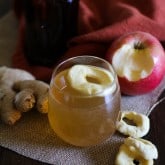
Homemade Apple Ginger Kombucha
Ingredients
- 1 gallon home-brewed kombucha
- 2 tablespoons fresh ginger peeled and finely grated
- 1 cup apple juice
- 1 teaspoon ground cinnamon
- 8 Dried apple rings * one apple ring per bottle
Instructions
- In a large sterilized pitcher, combine the plain kombucha, grated ginger, apple juice, and cinnamon. Mix to combine.
- Sterilize 8 flip-cap or screw top glass bottles by running them through the dishwasher.
- Rip or chop up the dried apples and place 1 ring’s worth in each bottle.
- Pour the kombucha from the pitcher into the bottles, leaving room at the top, because gasses will form during secondary fermentation.
- Seal the bottles and place them in a warm, dark room (bedroom closet works awesome) for 2 to 3 days in order to let the kombucha go through secondary fermentation.
- Place the bottles in the refrigerator. The kombucha will continue to ferment in the refrigerator, but it will slow down.
- When ready to drink, carefully open the bottles. Pressure forms during secondary fermentation, so point the bottle away from everyone.
- A small SCOBY will have formed during secondary fermentation, and there is also ginger pulp and apple rings in the kombucha. For best results, use a fine strainer to strain all of this out prior to drinking.
Notes
*Get the dried apples that don’t have preservatives – you can find these at a natural food store.
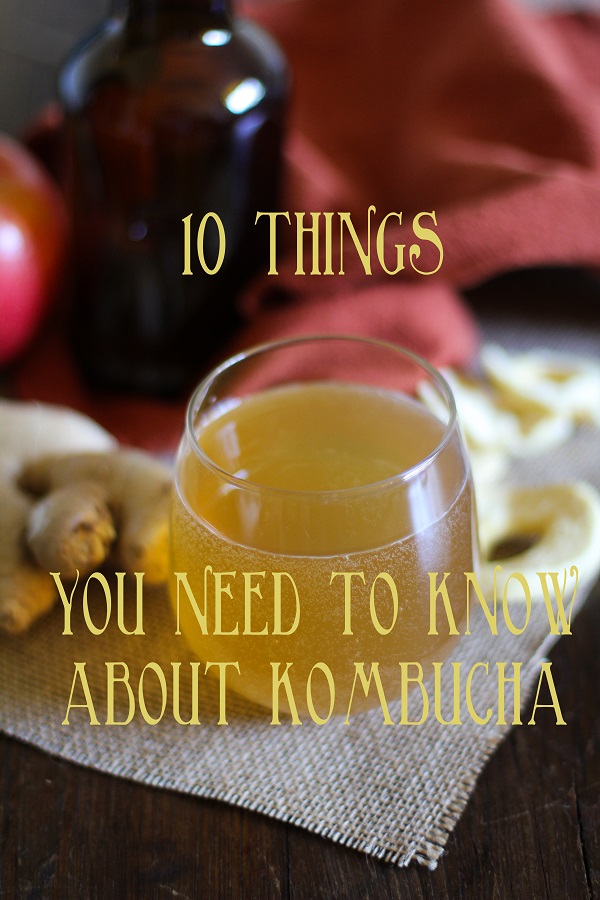
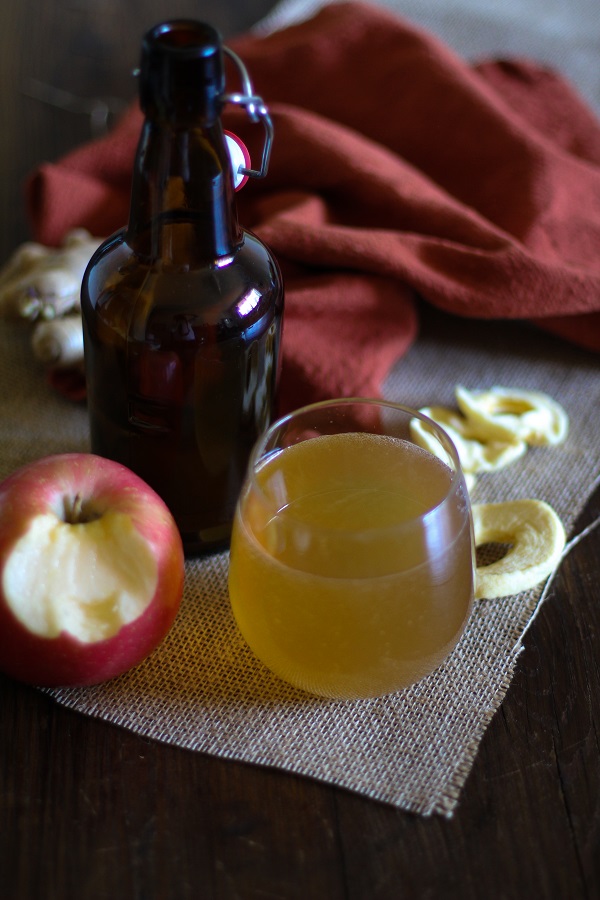
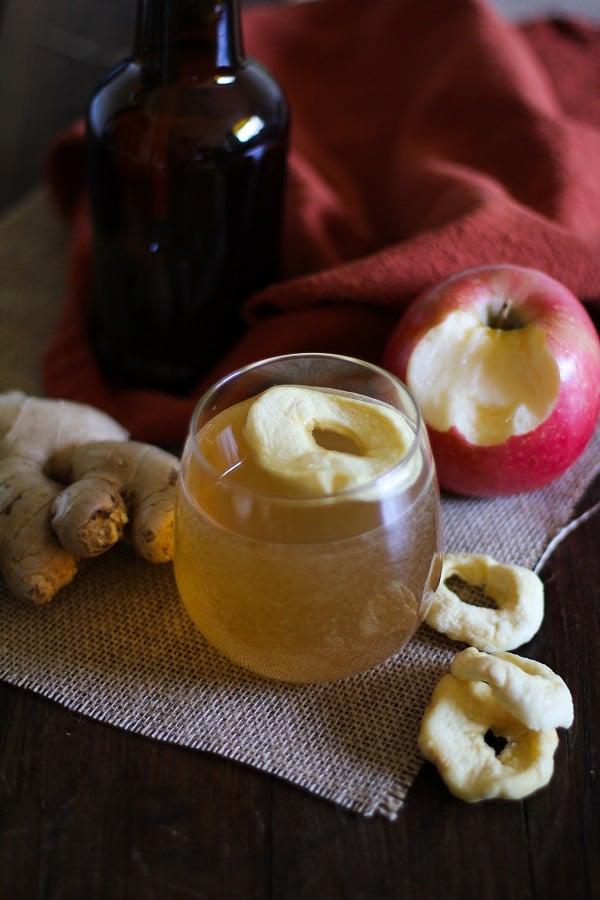

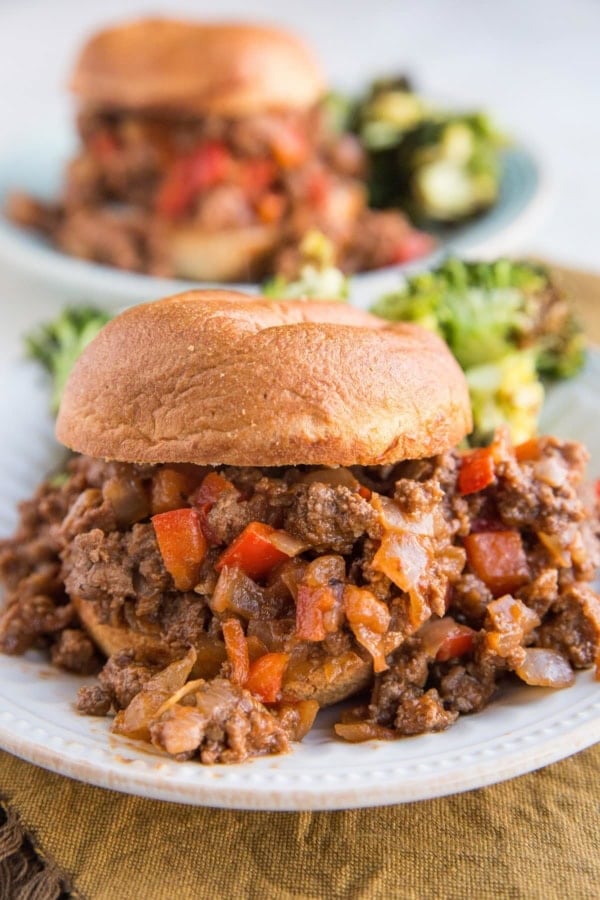
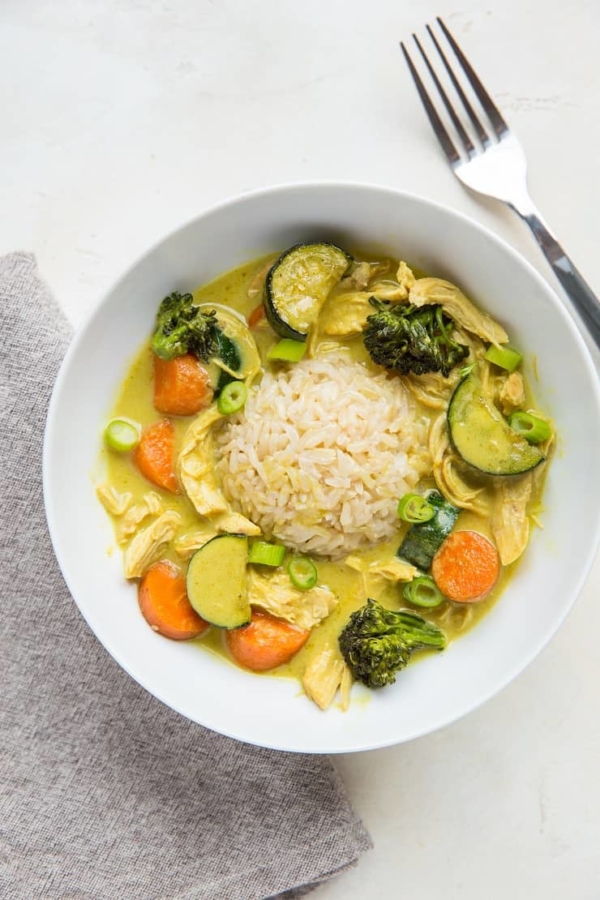
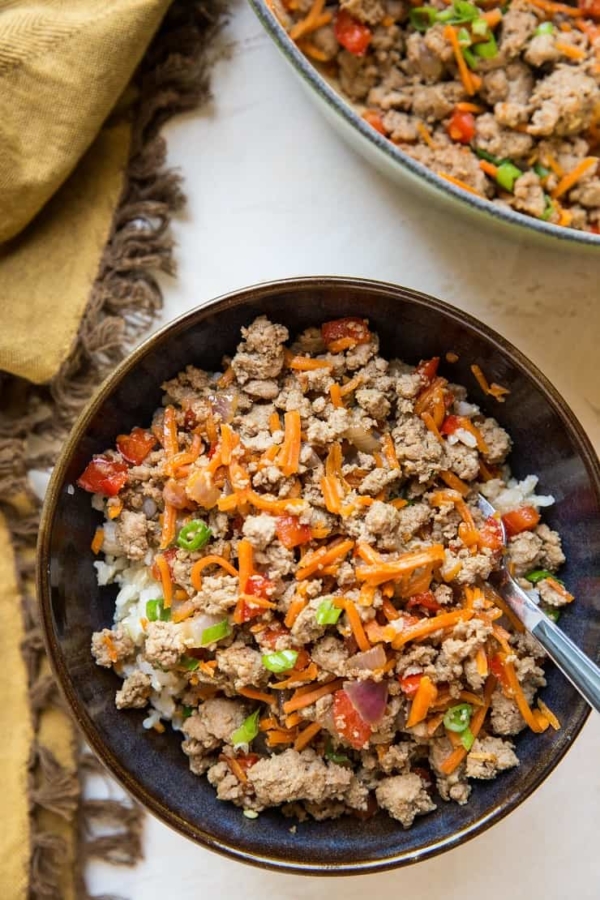
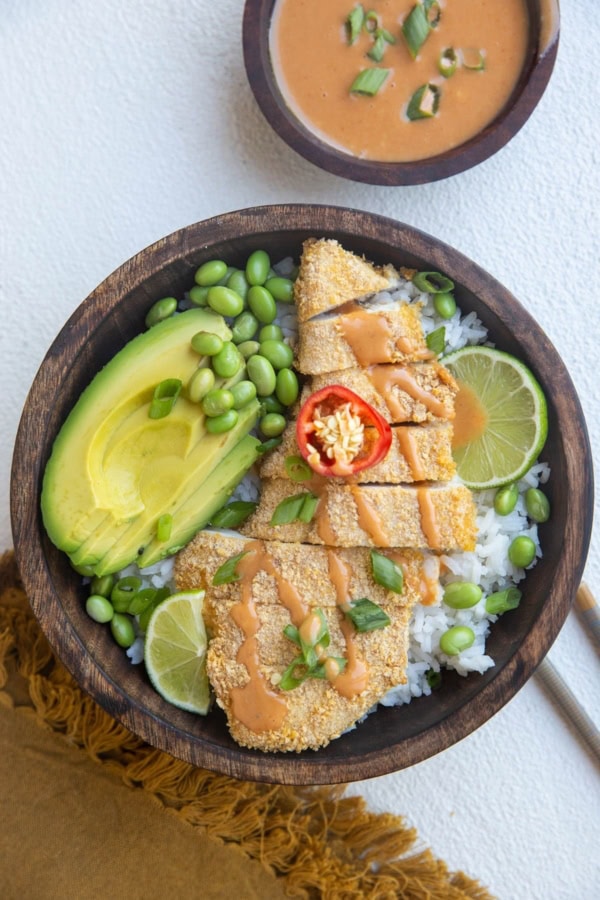









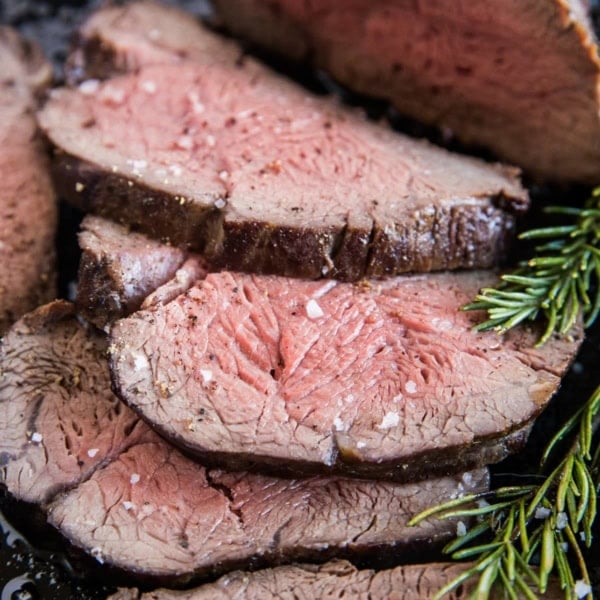
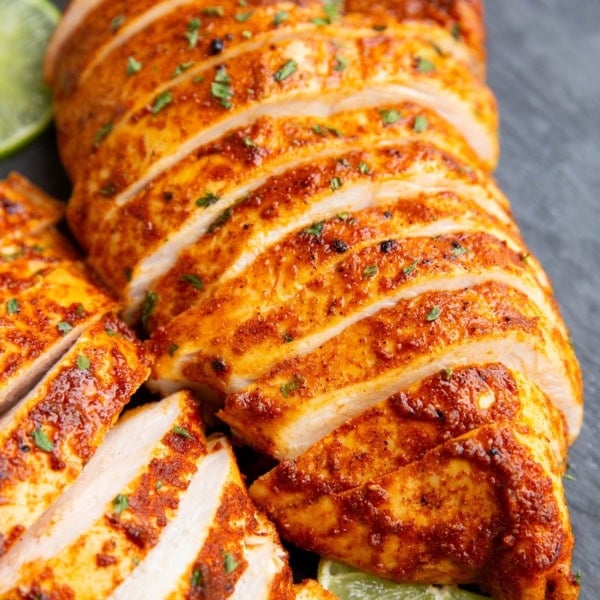
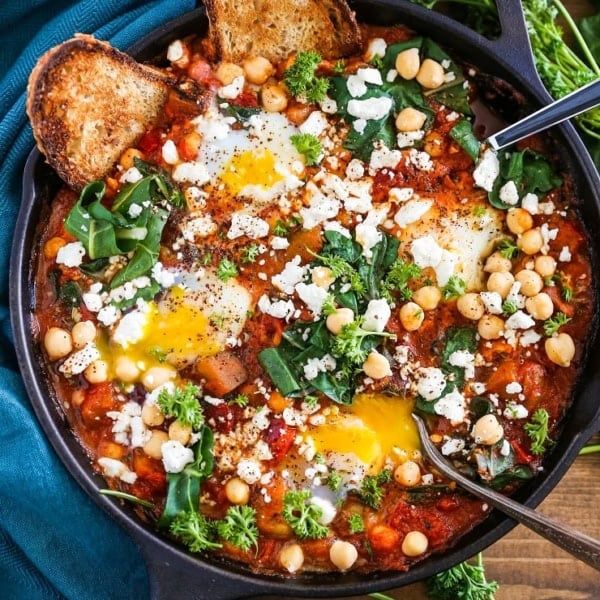
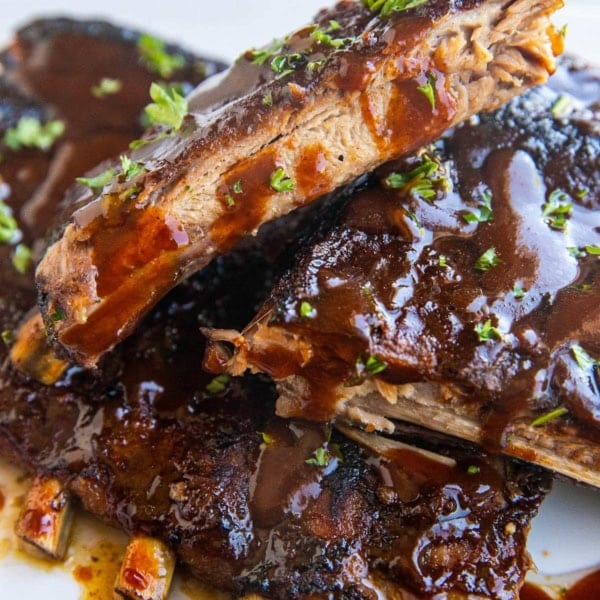
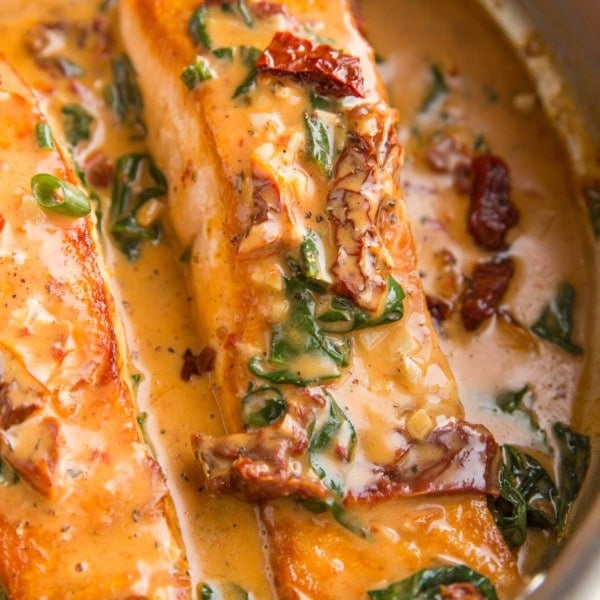
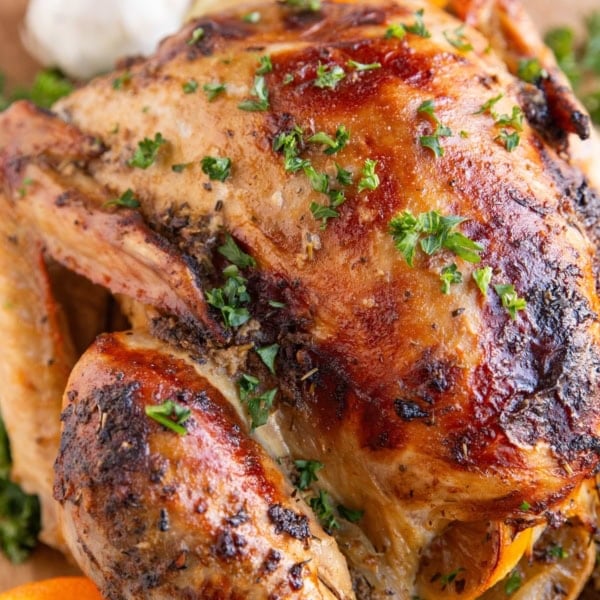
Can I brew kombucha using apple juice as the sugar instead of white processed sugar?
Hi Sara!
For the initial brew, you must use sugar, as that is what will feed the probiotics and yeast so that they continue to reproduce and grow. For the secondary fermentation, you can use juice 🙂
Thanks for the helpful info! One thing though, something can not be probiotic and antibiotic at the same time. They are two opposing mechanisms. I think what you mean when you say it has antibiotic qualities is that it’s good for your health and immune system, but this does not mean antibiotic! Casual misuse of words like that just confuses people and leads to more misunderstanding and misuse of actual antibiotics
This apple ginger recipe sounds so delicious! I love any kombucha recipe that includes apple, I particularly am in love with one right now that is a vanilla and apple cinnamon kombucha recipe that tastes great! Thanks so much for sharing!
I made my first batch last weekend and started second fermentation today!!! I cannot wait to try this apple cider kombucha!!! Sounds like a yummy fall treat!!!
Congratulations! Brewing kombucha is definitely exciting and fun – let me know how batch 1 turns out 😀
I’m wondering if anyone has tried adding hops to their 2nd fermentation? I’ve been experimenting with it and have on perfected the taste yet. Any ideas?
Thanks ~J
Hi Jean, While I’ve never tried adding hops and couldn’t provide guidance, I have heard it can be done! There are companies that are now making kombucha beer – I’ve tried a couple and they’re actually pretty good! Let me know if you end up trying it!
I still can’t figure out why you could not add the ginger before the first fermentation? I love fresh ginger so much. What would happen? I am about to brew my first batch and I was planning on throwing in a peeled chunk of ginger.
I’ve never tried brewing kombucha using anything other than tea, water, and sugar for the first fermentation. Ginger might be okay, and may not do damage to your SCOBY, but probiotics are pretty particular about the environment they like to live in. Considering you could just add ginger to the kombucha prior to bottling it for secondary fermentation, I don’t think it’s worth the risk of potentially hurting your SCOBY. Let me know if you try it, because I’m very curious, too.
I have been brewing kombucha for the last month or so, and I got the scoby from a friend and just followed her directions to make it. So I guess you could say I’m a newby at it, my question is that I saw you said that to separate the mother scoby you Should peel off the disk layers, well I’ve always just torn it into pieces as it grew to seperate it (think pie-cutting style) that is how my friend instructed me to do it, is that wrong? Will that effect my kombucha?
I actually lost 10lbs drinking kombucha. After having my first son I gained 88lbs, and it took almost 2 years to lose anything. I did the insanity workout, no sugar diet, raw food diet…..nothing worked. A friend of mine brews her own kombucha, and suggested that I try it because of all the health benefits. Anyway, I wasn’t drinking it to lose weight, but it was a great surprise (I wasn’t working out, and I didn’t changed my diet) I’ve been hooked ever since……and it helps with my soda cravings.